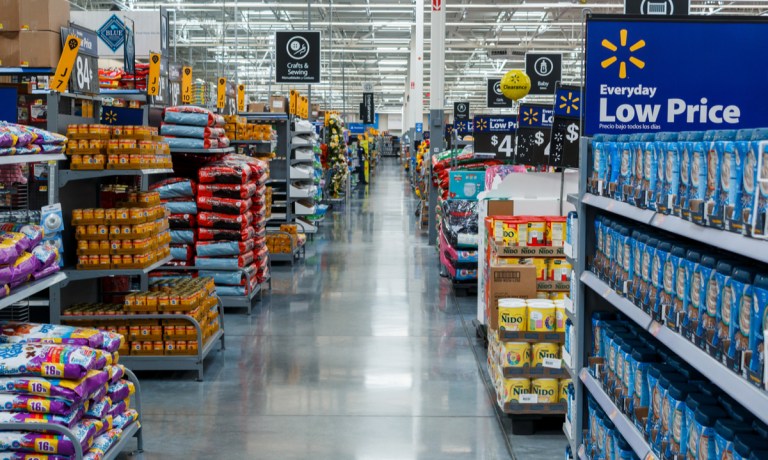Per the company’s announcement, between 8 and 10 a.m. local time, Walmart will replace the dynamic content on its TV walls with a static image. Additionally, the store will dim or switch off lights where feasible, aiming to enhance the comfort of customers with sensory disabilities.
“During these hours, we hope our customers and associates will find the stores to be a little easier on the eyes and ears. These changes are thanks to those who shared their feedback on how their stores could help them feel like they belong,” said Walmart in a statement.
The move comes after its initial introduction during the back-to-school shopping season. Walmart had announced plans to enhance the shopping experience by introducing sensory-friendly hours on Saturdays in July and August, running from 8 to 10 a.m. in most stores, starting on July 22. The aim was to create a more inclusive environment.
However, Walmart is not the sole retailer that has sought to enhance accessibility and inclusivity for its shoppers.
In 2022, Starbucks fostered more accessible physical and digital experiences through an inclusive design standards. The company has initiated measures to enhance both audible and visual communication, incorporating technologies such as speech-to-text. Moreover, Starbucks offers tools like the free Aira service to facilitate more straightforward navigation for customers within their stores.
Advertisement: Scroll to Continue
Aira links individuals who are blind or have low vision with trained professional visual interpreters. These interpreters offer immediate access to visual information about the customer’s surroundings through a smartphone app. Starbucks goes a step further by providing a Braille menu in all of its stores in the U.S. and Canada.
Alongside Walmart and Starbucks, Target, Microsoft, Nike, Apple, and CVS are some of the retailers and businesses that have enhanced accessibility.
More Retailers Should Consider ‘Sensory-Friendly Hours’
Over 2.2 billion individuals face challenges associated with vision impairment or blindness, and a significant portion of those affected are 50 or older.
Meawhile, people with sensory sensitivities, such as those with autism or related disorders, frequently experience overwhelming conditions in traditional shopping settings due to factors like bright lights and loud noises.
Sensory-friendly hours allow stores like Walmart to provide these customers with a more comfortable, less stressful shopping experience. This approach elevates the overall shopping experience for families with members facing sensory challenges.
From retailers’ perspective, the introduction of sensory-friendly hours aligns with the principles of corporate social responsibility and inclusivity, enhancing the brand’s reputation. By showcasing a commitment to accessibility, Walmart addresses the needs of a substantial portion of its customer base and establishes an industry benchmark.
How Brands Can Also Participate
Key players in the beauty sector, including Estée Lauder and L’Oréal, have been delving into technologies to assist impaired customers.
Illustratively, in January, Estée Lauder launched an artificial intelligence (AI) driven app to streamline the makeup application experience for visually impaired consumers.
The decision to introduce this initiative was prompted by the realization that in the U.K. alone the National Health Service identifies over 2 million individuals living with sight loss, with 340,000 of them registered as blind or partially sighted.
L’Oréal developed the HAPTA device, the world’s first handheld automated makeup applicator, designed to assist individuals with limited hand and arm mobility by ensuring a steady lipstick application and facilitating the opening of packaging.

